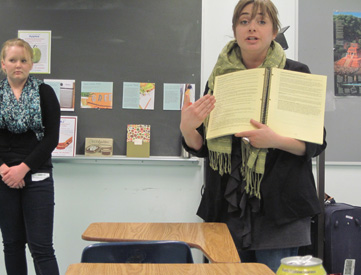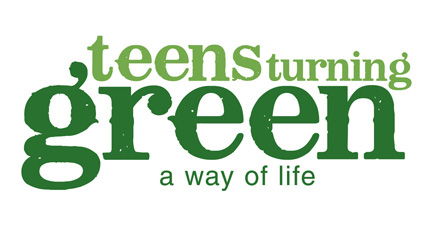Students at Para Los Ninos Charter Elementary School near Skid Row get pumped up when they talk about sustainable energy. For weeks, lessons about solar energy and other ways of generating green power have been incorporated into their math and science curriculums.
This week, students saw their studies come alive. California Solar Electric installed solar panels on the roof of the school that will generate enough energy to power eight of the downtown school’s classrooms.
The solar panels were a part of a $1.2 million Walmart Foundation grant to the National Energy Education Development Project. As a part of the Solar Schools Grant Initiative, Para Los Ninos and three other LA-area schools (Environmental Charter High School in Lawndale, Amino Inglewood Charter High School, and Amino South Los Angeles High School) were outfitted with solar panels.
Between the four schools, the solar panels are expected to save more than $4,700 in energy costs and prevent more than 127 tons of greenhouse gases from entering the atmosphere.
In addition to studying the science behind solar power, students seem to grasp some of the economic benefits as well.
Daniel, a fifth grade student at Para Los Ninos wanted other kids his age to know about the benefits of green energy. “If they start saving energy today, they can save money so they can have it as a grown up,” he said.
Read more on this topic:
Basketball players teach healthy living at local elementary school
DWP reaches its renewable energy goal, but some just call it luck









 About 80,000 chemicals used in products are manufactured in the United States and almost all have not been tested for safety, a scientist told dozens of teens, parents and educators Saturday at an environmental education conference near Inglewood.
About 80,000 chemicals used in products are manufactured in the United States and almost all have not been tested for safety, a scientist told dozens of teens, parents and educators Saturday at an environmental education conference near Inglewood.  Jordan Howard, 18, an environmental advocate who has opened for Secretary of State Hillary Clinton, said that education changed her once skeptical perception about the green movement. After taking environmental classes, Howard said she learned practical solutions for how she could make a difference.
Jordan Howard, 18, an environmental advocate who has opened for Secretary of State Hillary Clinton, said that education changed her once skeptical perception about the green movement. After taking environmental classes, Howard said she learned practical solutions for how she could make a difference. 




